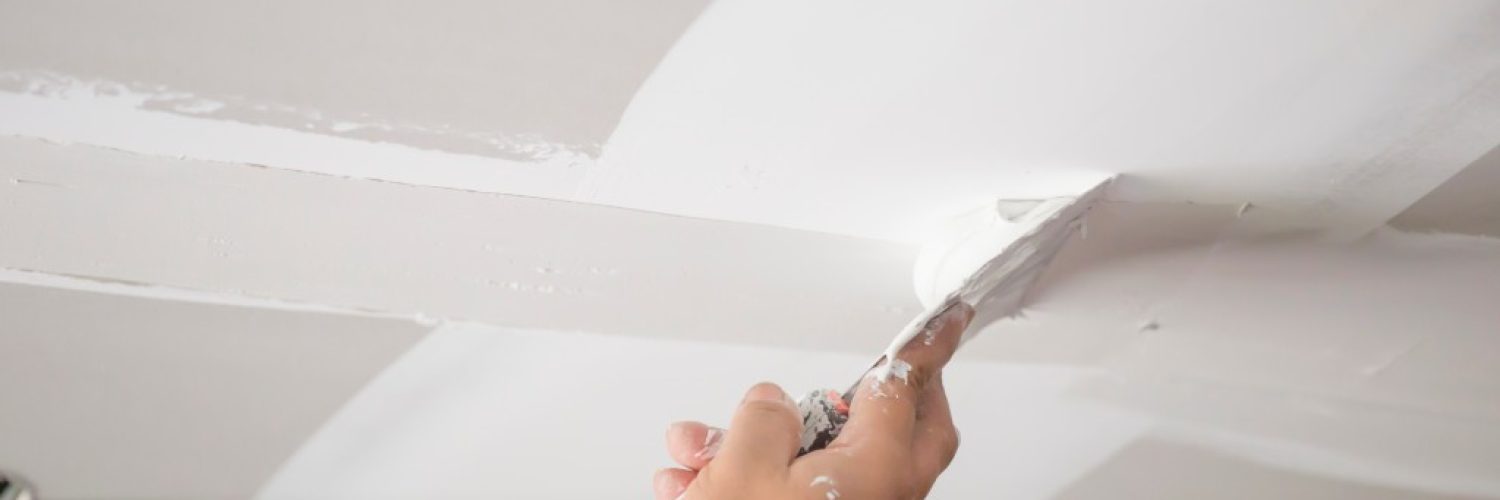There are numerous techniques and materials when covering the internal walls of a home or a building. Perhaps the most common and one of the oldest techniques is plastering, where one uses a layer of plaster to cover an interior wall structure. This practice was being used since 7500 BC when limestone was used to cover walls and floors of houses in Jordan. But walling techniques age, new ones eventually come up, perhaps the most popular of which is the dry lining.
Dry lining is a walling technique that uses plasterboard to cover the internal wall. Dry lining is also identified by plasterers as “Dot and Dab Method”, as the worker dots and dabs adhesives on the internal wall and joints to stick the plasterboard onto, and doesn’t use wet plaster (hence, the name “dry” lining). To further elaborate, plasterboard or “drywall” are ready-made panels (made with gypsum and other fibres) that served as an alternative to plastering. The first plasterboard was made in the UK in 1912.
So, prepare your dry lining tools as we look at the advantages that make dry lining such a popular choice for walling:
Fast and Easy
The main advantage of dry lining is that it’s very quick and easy to do. Basically, you only need plasterboard, adhesives, and dry lining tools to install it. Unlike plaster, you don’t need to be highly trained or experienced, nor do you need to mix plaster and wait for it to dry. Although you can always hire someone more experienced, there are many online guides and videos that show how dry lining can be an easy DIY project for home renovations.
Drier, Lighter, and Fire-Resistant
Plasterboard is lightweight and durable and doesn’t require a lot of water compared to plastering and wet finishes.
Thermal and Acoustic Insulation
 Plasterboard has heat insulation properties, making it energy-efficient. Insulated rooms stay warmer for longer periods, which allows you to have a cosy space and even save up on your energy bills. On top of that, plasterboards are good at absorbing vibrations and sound waves, making it a good sound-proofing material. Additionally, most plasterboards are fire-resistant, making your house or building a safer place for you and your visitors.
Plasterboard has heat insulation properties, making it energy-efficient. Insulated rooms stay warmer for longer periods, which allows you to have a cosy space and even save up on your energy bills. On top of that, plasterboards are good at absorbing vibrations and sound waves, making it a good sound-proofing material. Additionally, most plasterboards are fire-resistant, making your house or building a safer place for you and your visitors.
Easy Customization and Decoration
Plasterboards can be immediately painted over right after installation, unlike plastering or other wet finishes that need to dry off. Dry lining allows you to easily and quickly customize and decorate your walls with wallpapers or paint.
Cover Pipes and Wires
Plasterboards can be used to hide unsightly pipework and wiring within the wall itself.
Eco-Friendly Option
Unlike traditional plastering, the dry lining doesn’t require a lot of water and removes the need for sand, lime, or cement: just the adhesive and the plasterboard. That said, dry lining produces less waste than other walling techniques, with the only possible waste you’d be making would be the plasterboard trimmings as you fit them for your wall.
On your next construction project, whether you’re renovating or about to construct a new house or building, consider using dry lining and the advantages it offers.

